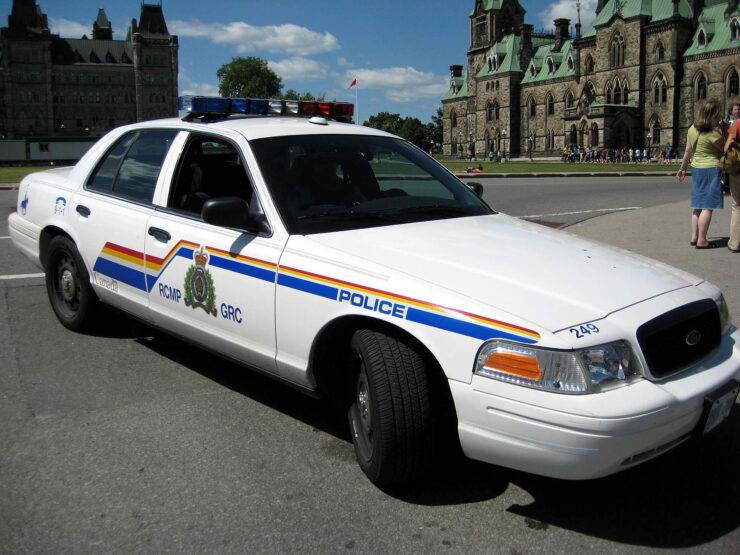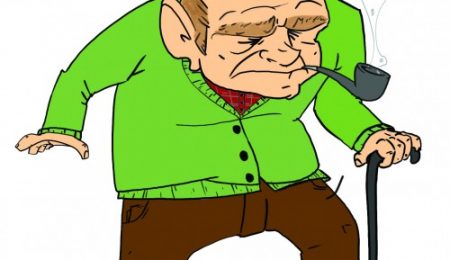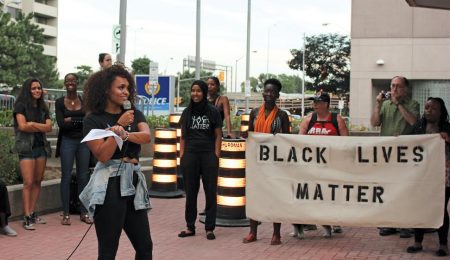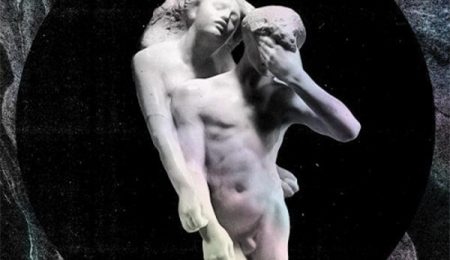Abdirahman Abdi latest in a string of Black deaths at the hands of law enforcement
As Black History Month began last week, so too did the trial of Const. Daniel Montsion, which heard that the officer delivered fatal blows to Somali-Canadian Abdirahman Abdi in July 2016.
But the Abdi case is far from the first instance where a police interaction with a Black civilian had a lethal conclusion. A report by the Ontario Human Rights Commission released in December 2018 shows that Black people are more likely than white people to be injured or killed by Toronto Police officers, and 20 times more likely to be shot dead by the police.
As for Ottawa, a CBC report that compiled data from January 2000 to December 2017 shows that two of the eight people who died in altercations with city police were Black, while Black residents make up only 5.7 per cent of the Ottawa population.
In June 2016, Montreal saw the brutal death of 58-year-old Pierre Coriolan, after the police responded to a call that he was yelling and smashing things inside his home. Although Coriolan was kneeling, saying that he could not lie down, the officers shot plastic and then live bullets at the man—he was pronounced dead in hospital after the altercation.
Further east in Halifax, the CBC reported that Black people are three times more likely to be stopped by police, and an investigation is underway for excessive force allegedly used against Matthew Bishop, who had approached a police officer to ask what he thought of the Black Lives Matter movement.
These injustices are made worse when you consider that, as of April 2018, the CBC reported that of the 461 deaths they counted due to police altercations in Canada, they could find only 18 cases where criminal charges were laid against an officer. Of those charges, only two convictions were made.
Fatality isn’t the only concern around police interactions with Black folks—incarceration rates show that this group, representing merely three per cent of the country’s population, make up 8.6 per cent of the federal inmate population.
While in the correctional system, the Office of the Correctional Investigator found that, despite being rated as lower risk to re-offend and lower need overall, between 2009 and 2013 Black offenders were consistently more likely than the general inmate population to be placed in maximum security and less likely to be placed in minimum security.
Although this may seem like an aimless recount of injustice in the correctional system, the Abdi case highlights a clear pattern that has plagued Canada’s Black population for far too long. Those of us privileged enough to escape these pitfalls have a responsibility to educate ourselves, listen to Black voices, and mobilize against these injustices and others.
Similar to the one-day commitment to mental health of Bell Let’s Talk day, one month of celebration and promises to combat anti-black racism during Black History Month is not enough.
The overrepresentation of Black citizens dead at the hands of police and disadvantaged by our correctional system must be addressed. As Black History Month and the Abdi trial begin in tandem, there is no better time for us to listen to what Canada’s Black population has told us for decades:
Jermaine Carby, Andrew Loku, Pierre Coriolan, Mark Ekamba, Olando Brown, O’Brien Christopher-Reid, Andrew “Buddy” Evans, Albert Johnson, Michael Sargeant, Leander Savoury, Lester Donaldson, Raymond Lawrence, Ian Coley, Albert Moses, Tommy Anthony Barnett, Andrew Bramwell, Henry Musaka, Alexander Manon, Eric Osawe, Michael Eligon, Reyal Jensen Jardine-Douglas, Frank Anthony Berry, Daniel Clause, Alexander Wetlaufer, Duane Christian, Abdirahman Abdi.*
*This list is incomplete, as no government agency or police force in Canada maintains national statistics on police-involved fatalities.





